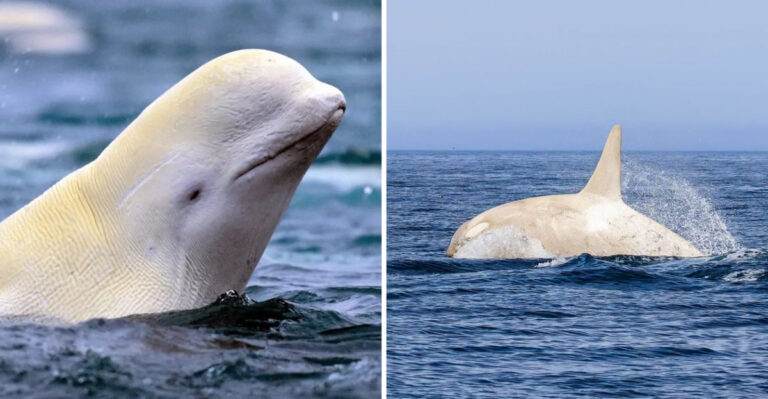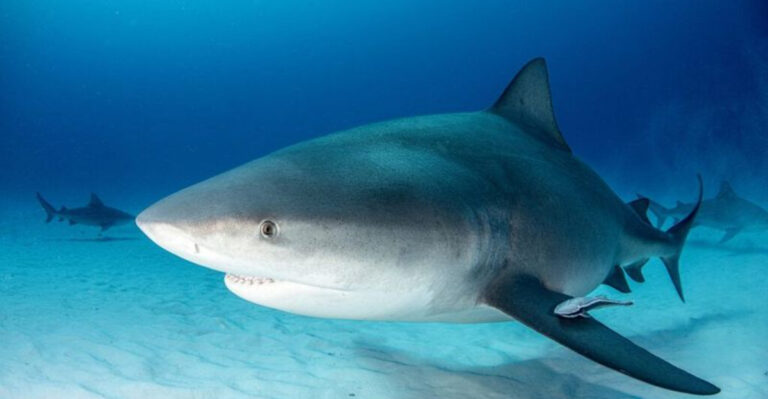Mahi Vs. Ahi: The 12 Key Differences
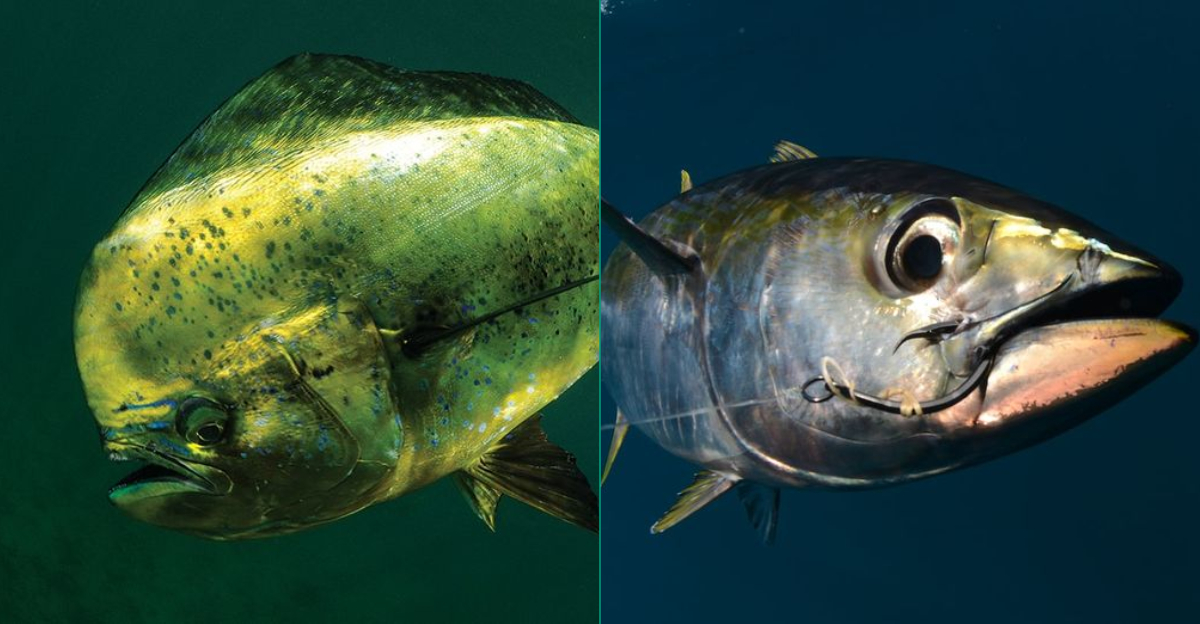
Ever wondered about the differences between those popular seafood menu items, mahi and ahi? Though both are delicious ocean fish enjoyed worldwide, they’re actually completely different species with unique characteristics.
From their appearance to habitat preferences, these fish couldn’t be more different despite often appearing on the same restaurant menus.
1. Different Species
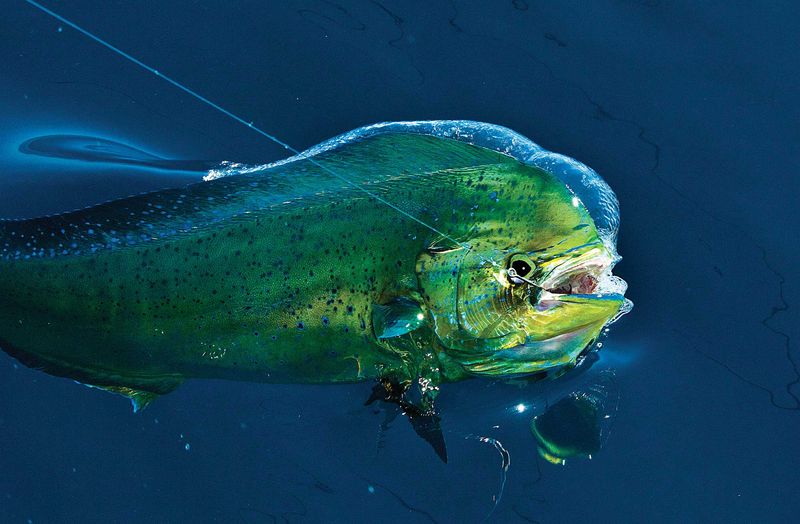
Mahi-mahi belongs to the Coryphaenidae family, commonly called dolphinfish (though unrelated to dolphins). They’re known for their vibrant appearance and fighting spirit when caught.
Ahi, meanwhile, refers to two specific tuna species: yellowfin and bigeye. Both are members of the Scombridae family, prized for their rich, meaty flesh that’s perfect for sashimi.
2. Physical Appearance
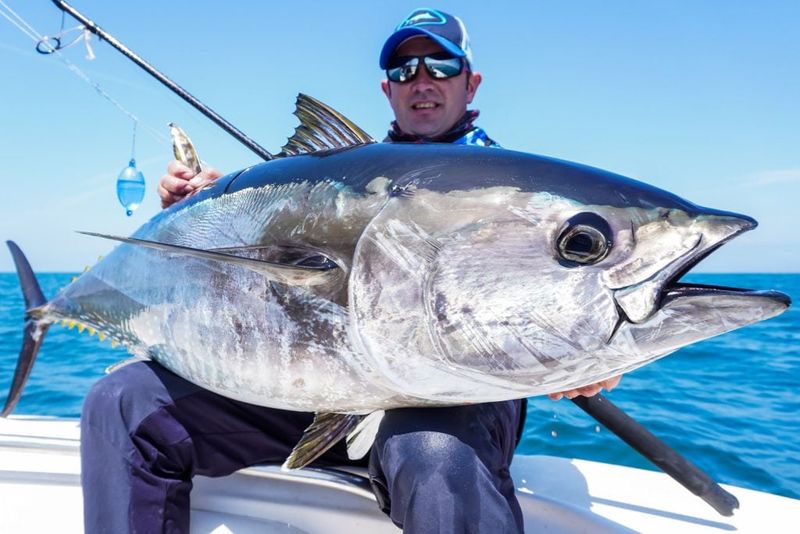
Mahi-mahi dazzles with a kaleidoscope of colors! Their bodies flash with electric blues, vibrant greens, and golden yellows that shimmer in sunlight. Males sport a prominent blunt forehead and long, sail-like dorsal fin.
Ahi tuna displays sleek, torpedo-shaped bodies designed for speed. Their metallic blue-black backs contrast with silvery sides and distinctive yellow fins that give yellowfin its name.
3. Size And Weight Differences
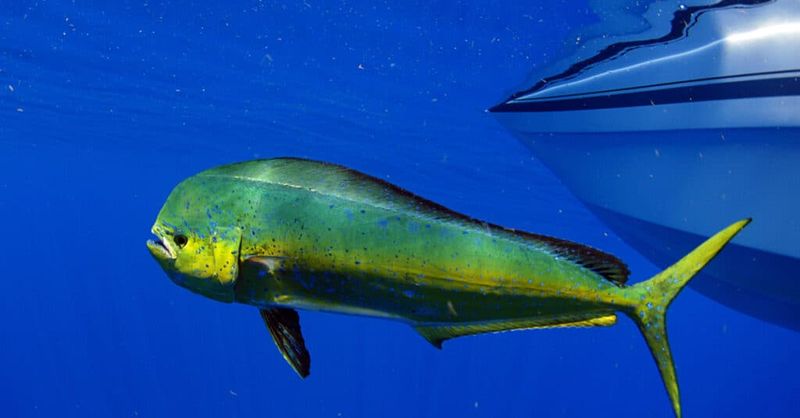
A typical mahi-mahi reaches about 3-4 feet in length, with most weighing between 15-30 pounds. Trophy specimens occasionally tip the scales at 50 pounds, but these giants are becoming rare catches.
Ahi tuna dwarfs its colorful cousin! These underwater powerhouses commonly grow to 6 feet and beyond. Yellowfin can exceed 200 pounds, while bigeye tuna sometimes reaches a whopping 400 pounds.
4. Preferred Habitats
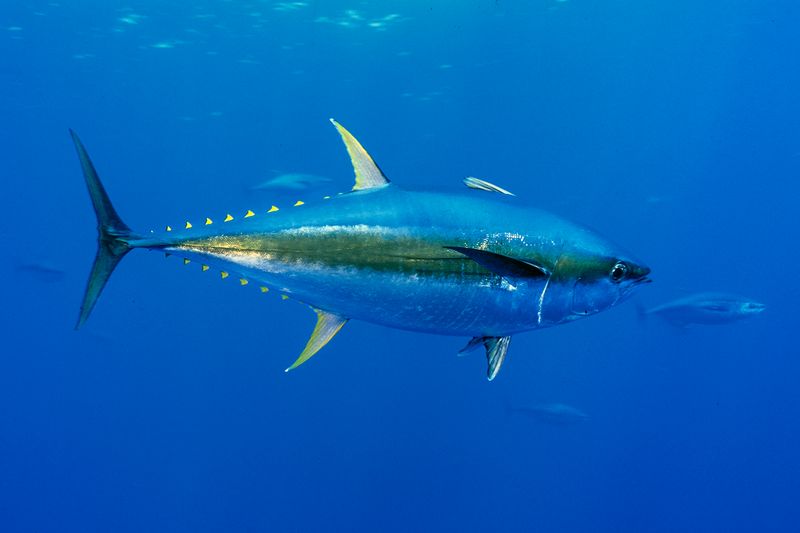
Mahi-mahi are surface-dwellers, rarely venturing below 85 feet. They love warm waters between 70-85°F and gather around floating objects like seaweed mats, debris, or buoys that attract smaller prey fish.
Ahi tuna prefer the open ocean’s vastness. They’re vertical migrants, hunting near the surface at dawn and dusk but diving hundreds of feet deep during daylight hours where temperatures drop significantly.
5. Swimming Abilities

Mahi-mahi are ocean sprinters, capable of explosive bursts reaching 50+ mph! Their agility is legendary among anglers, who marvel at their acrobatic jumps and quick direction changes when hooked.
Ahi tuna are the marathoners of the sea. Their specialized muscles and streamlined bodies maintain speeds of 40+ mph for hours. They’re built for endurance, with some yellowfin migrating thousands of miles annually.
6. Lifespan Variations
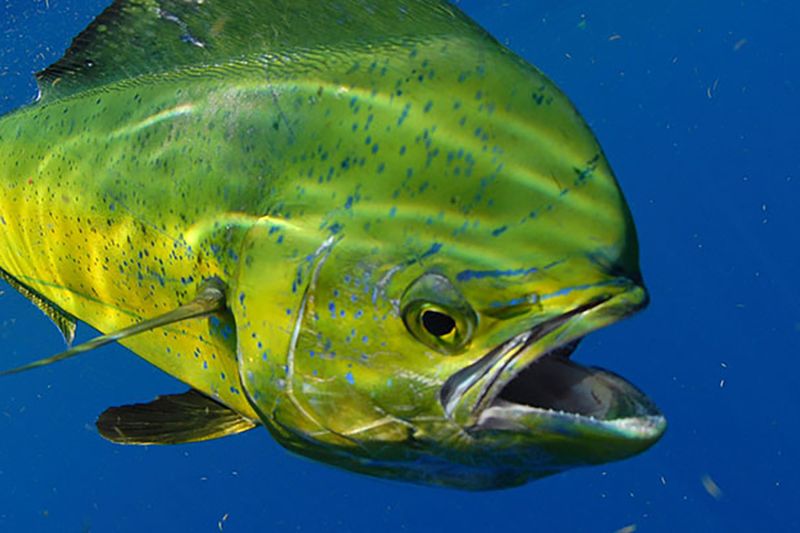
Mahi-mahi live life in the fast lane! These fish mature within 4-5 months and rarely celebrate their fifth birthday in the wild. Their rapid growth and early reproduction compensate for their brief existence.
Ahi tuna enjoy a more leisurely life pace. Yellowfin typically live 6-7 years, while bigeye tuna can reach 10-12 years of age. Their slower maturation rate makes them more vulnerable to fishing pressure.
7. Reproductive Strategies
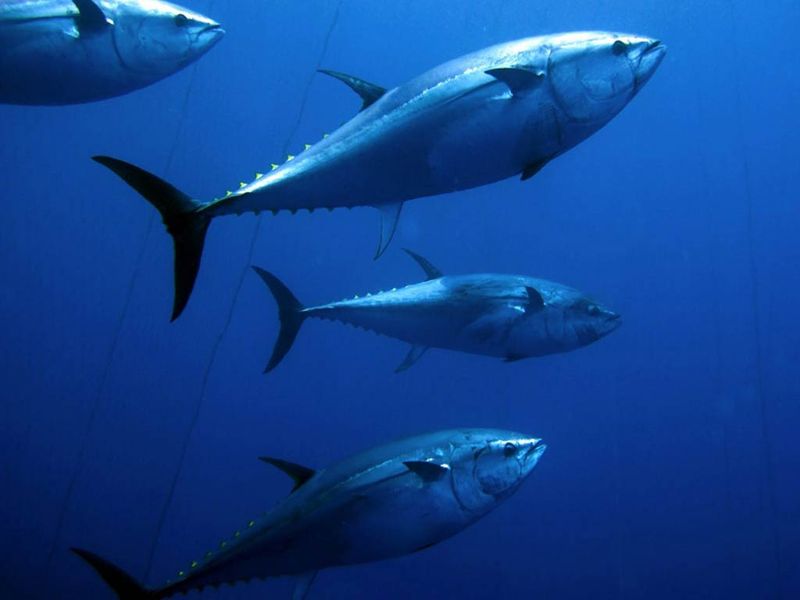
Talk about fertile! Female mahi-mahi spawn every 2-3 days when conditions are right, releasing up to 1 million eggs each time. This remarkable reproductive rate explains why populations recover quickly despite heavy fishing.
Ahi tuna take a more measured approach to reproduction. Females release eggs seasonally in warm waters, producing fewer offspring that take years rather than months to reach maturity. This makes them more susceptible to overfishing.
8. Social Behaviors
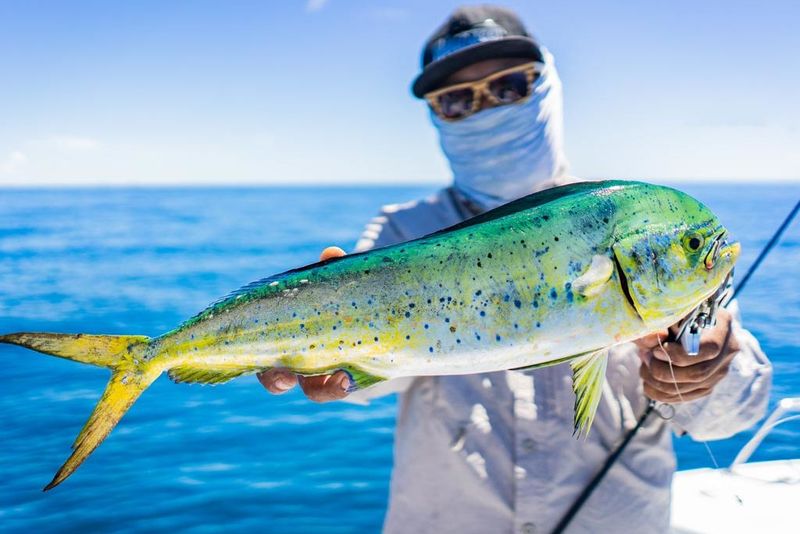
Mahi-mahi are surprisingly social creatures! They form small groups of 5-10 fish, with males fiercely protecting their harems. Curious by nature, they investigate floating objects and sometimes follow boats for miles.
Ahi tuna exhibit more complex social patterns. Smaller individuals form loose schools for protection, while larger adults often travel solo. During feeding frenzies, hundreds might gather temporarily to capitalize on abundant food sources.
9. Feeding Habits
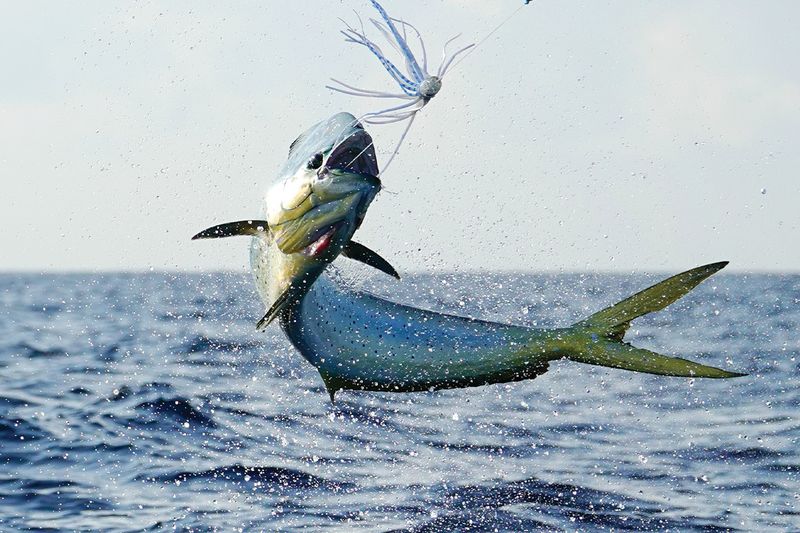
Mahi-mahi are opportunistic surface feeders with voracious appetites. They chase flying fish as they glide above water and snatch squid that venture too close to the surface. Their hunting style involves quick ambushes rather than prolonged pursuits.
Ahi tuna employ sophisticated hunting strategies across various depths. Their exceptional eyesight helps them track prey in low light, while their powerful bodies allow them to capture fast-swimming mackerel, sardines, and squid.
10. Natural Predators
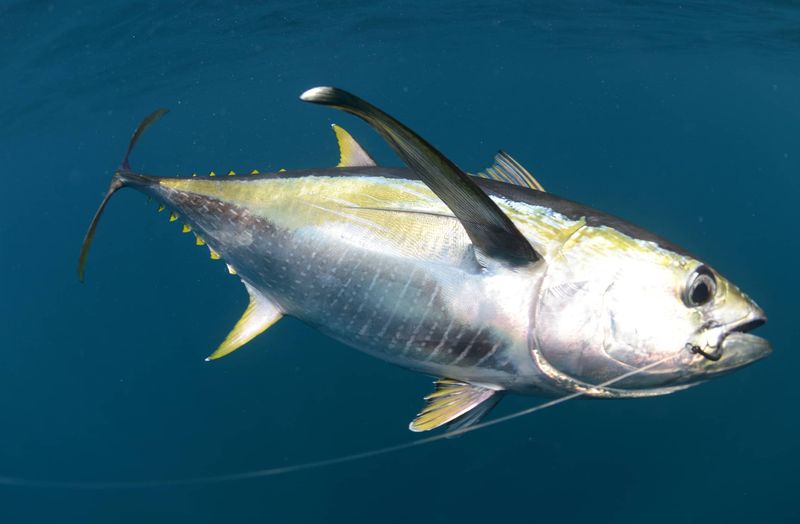
Despite their speed, mahi-mahi face numerous threats in the ocean food chain. Large billfish like marlin and sailfish hunt them regularly. Open-water sharks consider them prime targets, while adult tuna ironically prey on juvenile mahi.
Ahi tuna sit near the top of marine food webs. Only apex predators like large sharks, killer whales, and false killer whales pose natural threats. Humans, however, represent their greatest predator through commercial and sport fishing.
11. Global Distribution

Mahi-mahi thrive in a narrow band of tropical and subtropical waters worldwide. They rarely venture where temperatures drop below 68°F, limiting their range to waters roughly between 40°N and 40°S latitudes.
Ahi tuna boast a more extensive geographic footprint. Yellowfin inhabit tropical and subtropical waters similar to mahi, but bigeye venture into cooler temperate zones. Their temperature tolerance and migratory nature give them a significantly wider global presence.
12. Conservation Concerns
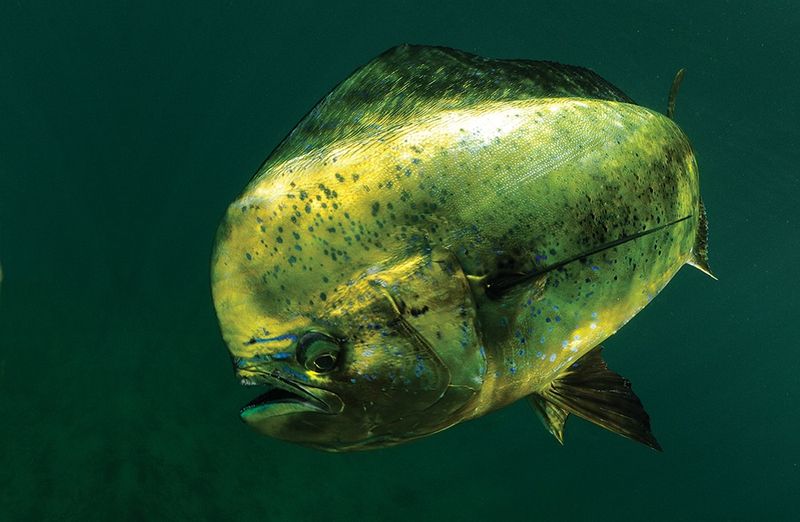
Good news for mahi-mahi lovers! These fish are considered a sustainable seafood choice by most conservation organizations. Their rapid growth, early maturity, and prolific reproduction help populations withstand fishing pressure.
Ahi tuna face more serious conservation challenges. Yellowfin stocks vary by region, with some healthy and others depleted. Bigeye tuna populations have declined significantly in certain oceans, prompting concerns about long-term sustainability and fishing regulations.



